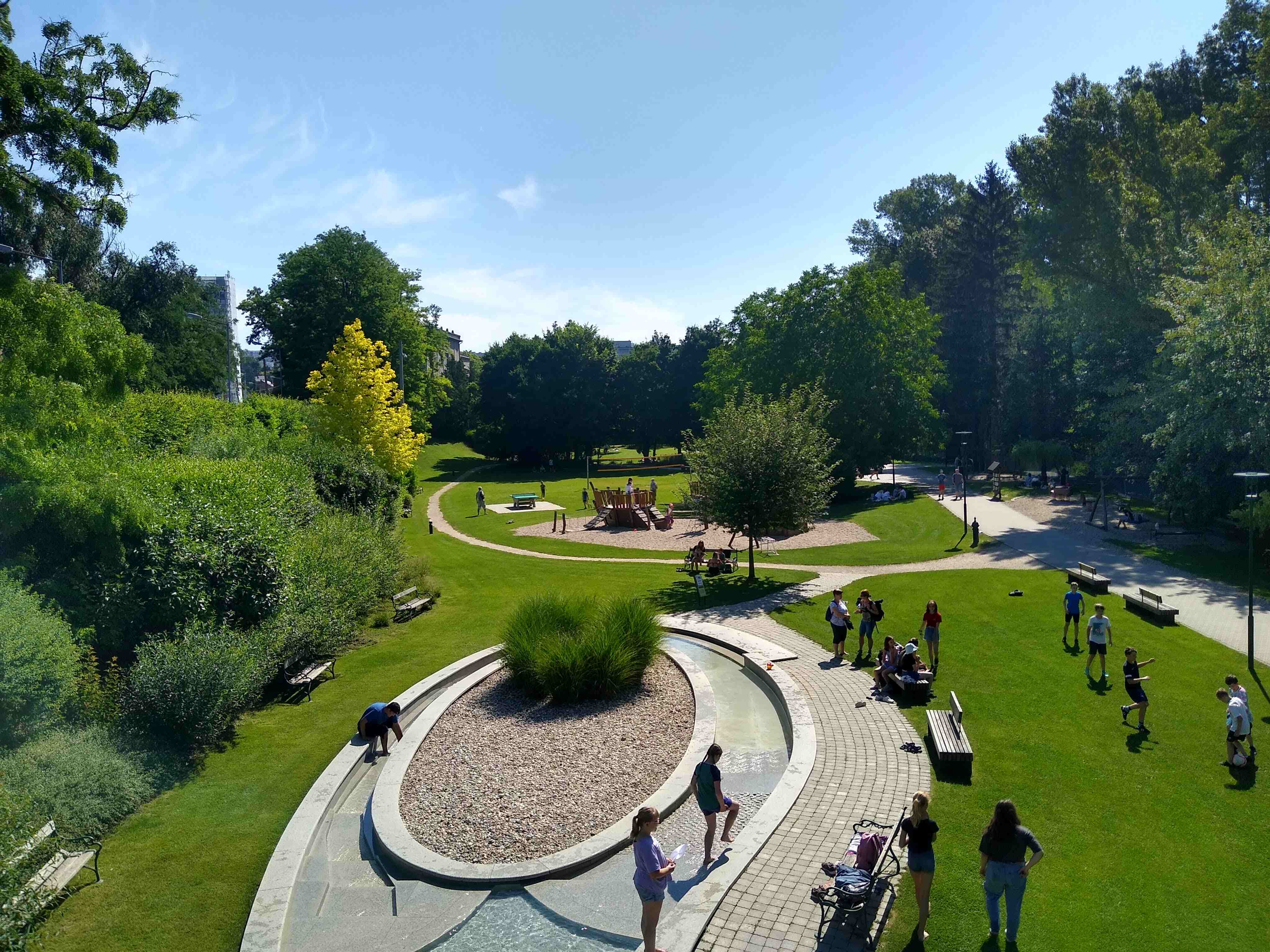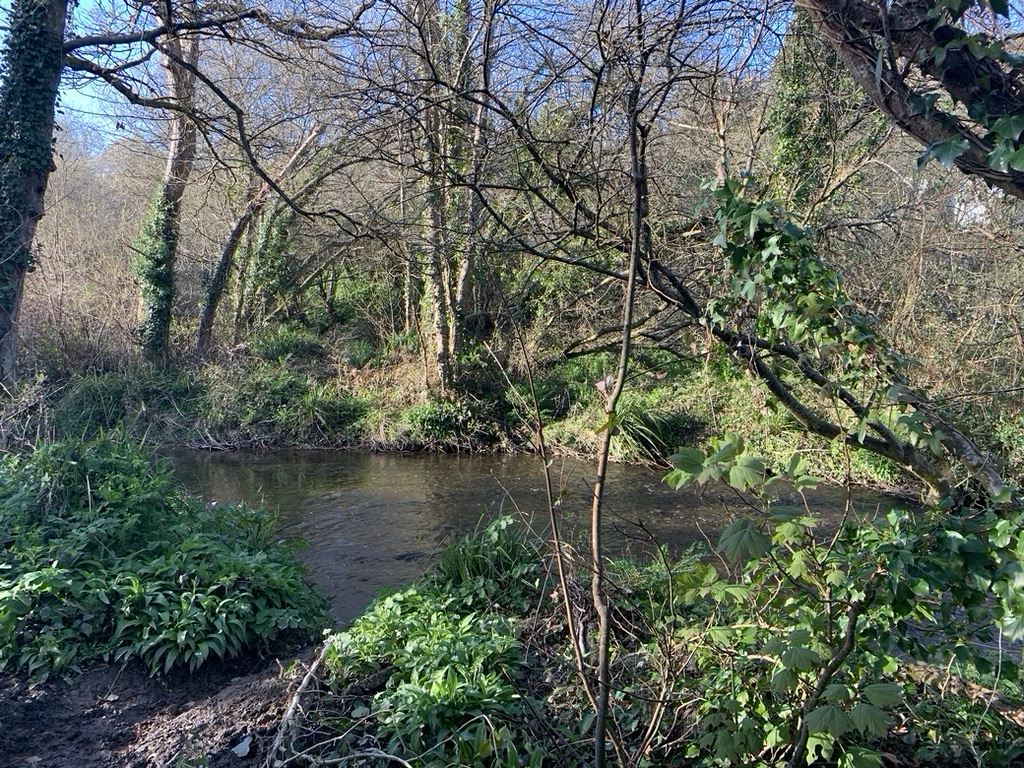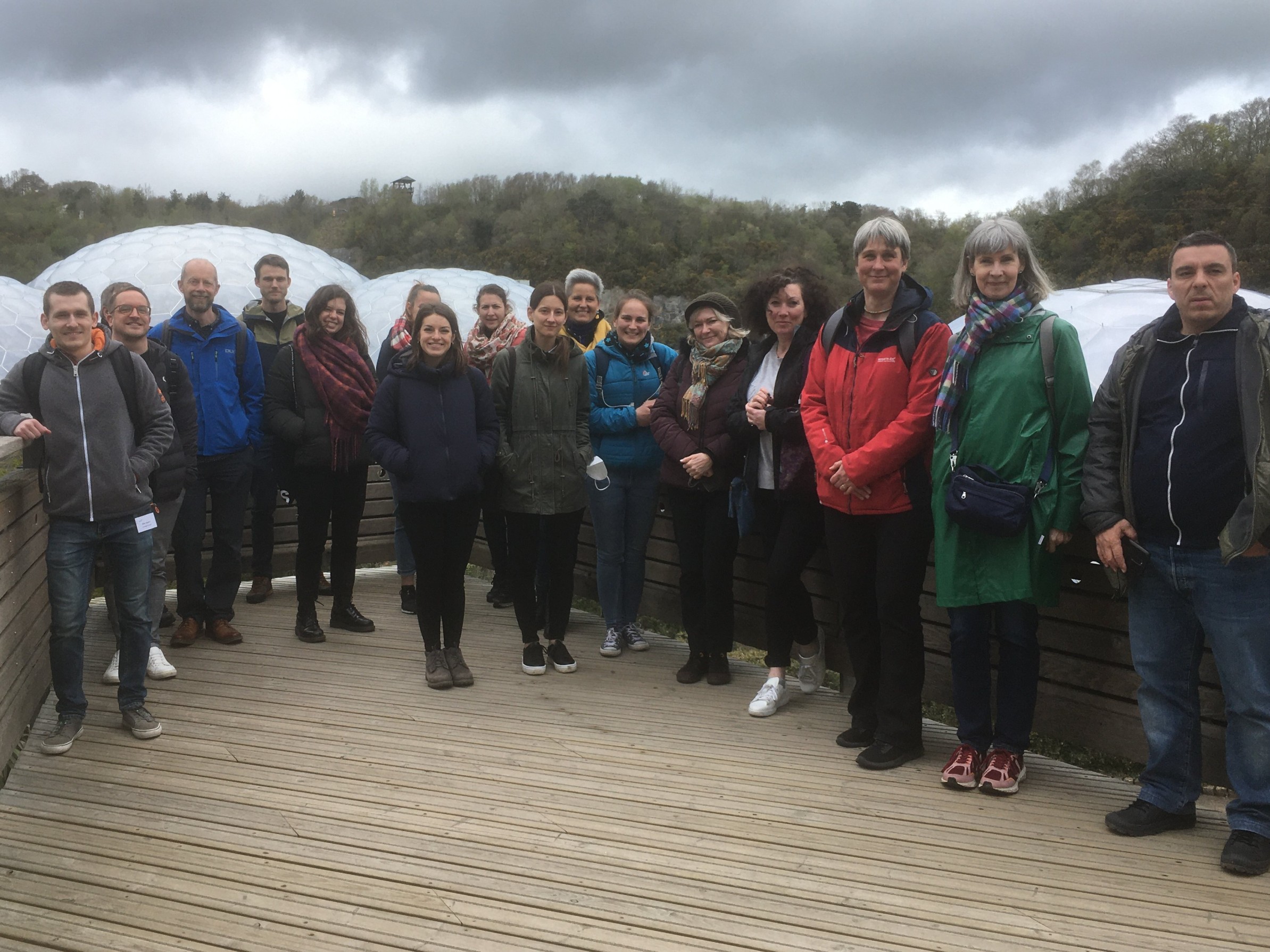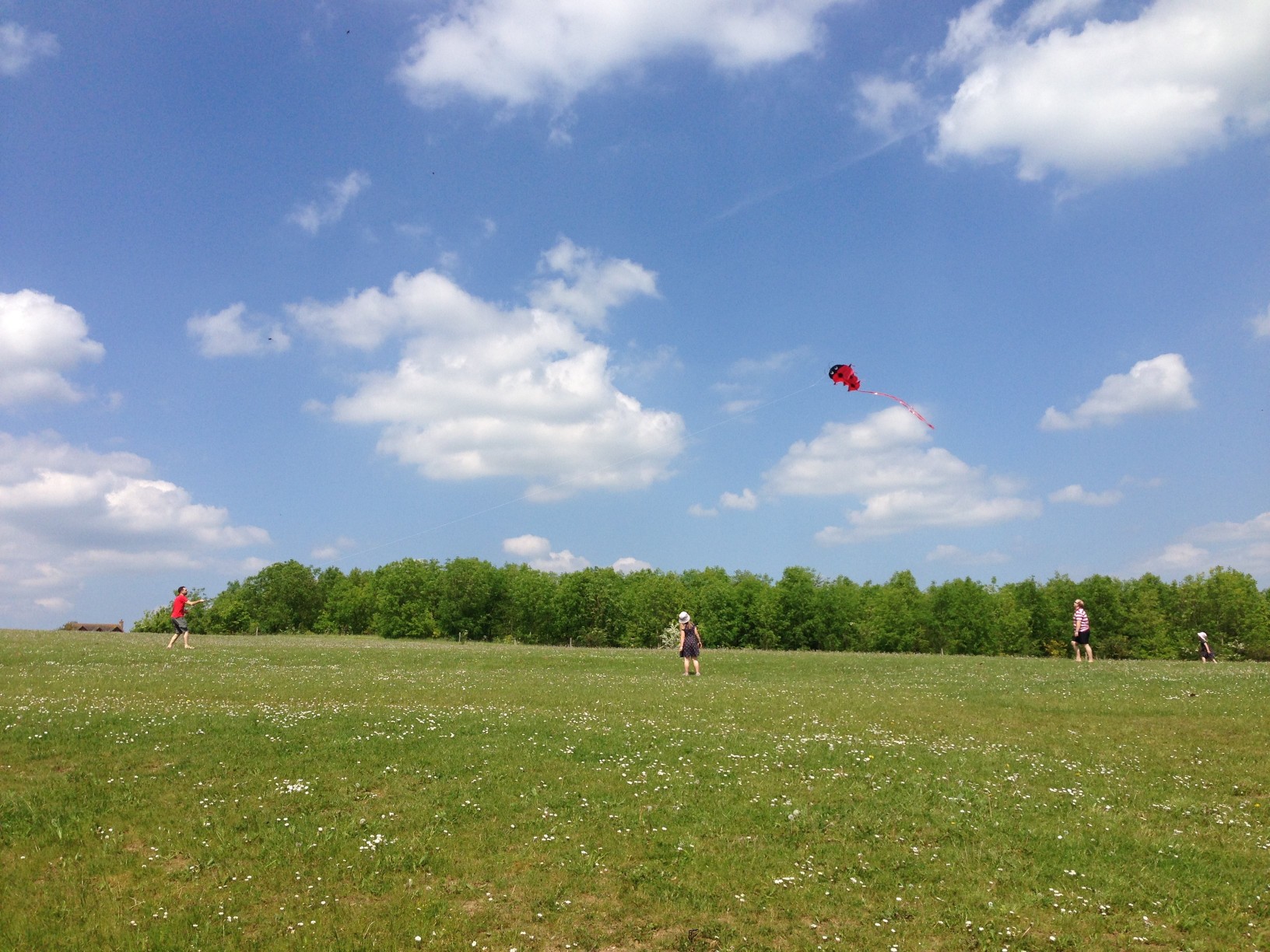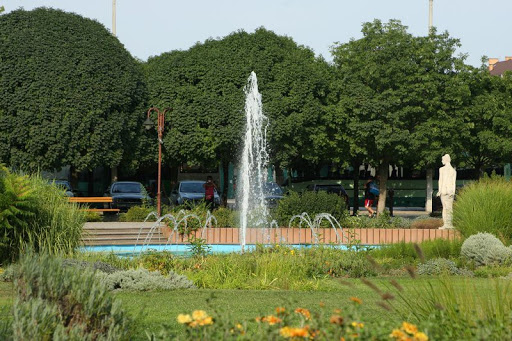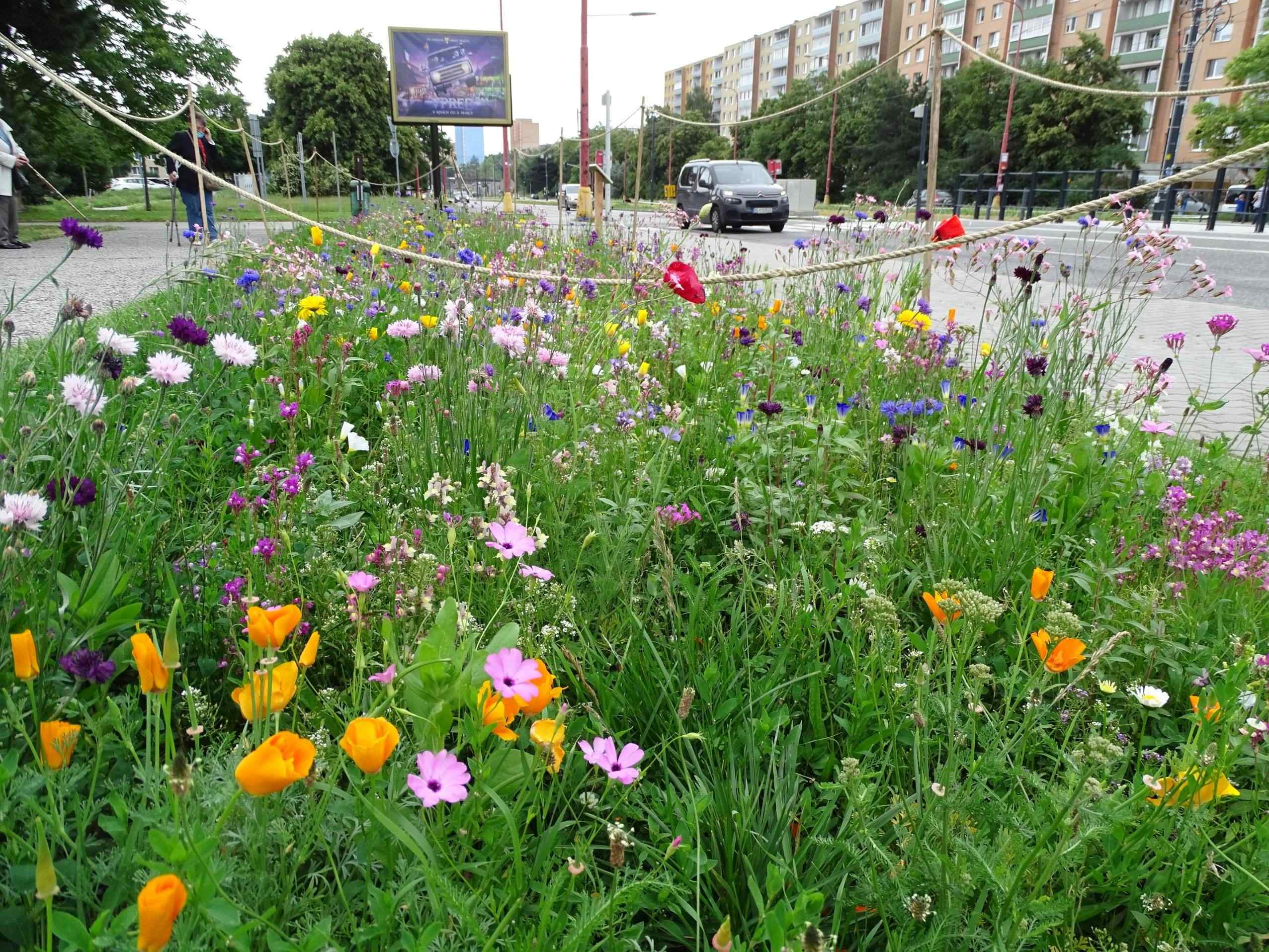Introduction
The event ‘Green infrastructure and spatial planning: recent experiences and innovative approaches’ took place on 13 November 2017 at the Polytechnic University of Milan, Italy. It aimed to deepen the debate on green infrastructure (GI), focusing on new challenges for urban planners and called for the adoption of a multi-disciplinary and multi-scale approach.
A number of issues were raised at the event which have high relevance for all partners in the PERFECT project to influence planning and investment in natural heritage, and the Municipality of Ferrara reported back to share these with them. Key to this is how planners understand ecosystems services and raising the capacity of stakeholders working at a local level.
Key points from event
Prof. Andrea Arcidiacono (Polytechnic of Milan) introduced the theme through the identification of some key points as the basis of a new paradigm for spatial planning:
- GI can be the structure of urban and ecological design for the contemporary city, through creating new ecologically-oriented landscapes and inclusive public spaces and can evaluated and verify the sustainability of plan strategies;
- Mapping and assessing ecosystem services methodology can be used to design green and blue infrastructure at local and territorial scale;
- GI can be used as a design tool to achieve nature-based solutions, promote delivery of ecosystem services and support widespread regeneration processes;
- A system of areas linked to multi-level governance processes, where formal actions of urban planning intersect with spontaneous design, can build and strengthen the identity of local communities.

Joachim Maes from the Joint Research Centre (JRC) at the EU Commission (EC) presented an overview of European strategy leading up to 2020 and explained how the JRC are contributing. Their scientists assessed the impacts of land-use change on the provision of ecosystem services, using an ecosystem services index coupled with a land-use modelling platform. The results of the analyses show the correlation between biodiversity and intensity of human use, suggesting different GI strategies for different contexts. Maes introduced the proposal for a Trans-European Network for Green Infrastructure (TEN-G), which is being drafted by the EC. This is a multi-functional, regional GI network made up of Natura 2000 sites and connectors between them.
Prof. Davide Geneletti, University of Trento, focused on urban ecosystem services, matching them with the corresponding policy goals for cities. The main questions he posed were, ‘What is needed for better decisions by policy makers?’ and ‘What do planners need to know about regulating ecosystem services to design green infrastructures tailored to policy objectives?' Comparative studies reveal that, in Italy, the awareness of the importance of ecosystem services is quite high. The weaknesses are poor baseline information and references to best practices without adjusting for local conditions. With diagrams, he also showed that the relationship between GI size and effect is not always linear, and he underlined the importance of investigating:
- The relationship between spatial configuration of the green space (area, length and width) and ecosystem service supply;
- The relationship between GI and benefitting areas, through morphology and scale.
This approach can help urban planners to maximise the benefits of GI. For example, a study carried out for the Municipality of Trento compared different redevelopment scenarios of brownfield sites in order to estimate the benefits to citizens and help the decision makers to make a GI-oriented choice. Further information at: www.planningfores.com
 A short presentation of several case studies was then given by researchers at the Polytechnic University of Milan:
A short presentation of several case studies was then given by researchers at the Polytechnic University of Milan:
- Lombardy Regional Landscape Plan - this was used to test and validate a possible ecosystem services mapping method for framing the legislative approach to landscape conservation. The team mapped habitat quality in Lombardy using the ‘InVEST’ (Integrated Valuation of Ecosystem Services and Tradeoff) model which resulted in a proposal for the inclusion of new protected areas in the updated landscape plan.
- VOLARE project - this aims to maintain, enhance and implement ecological corridors in the Lambro Valley, which is characterised by many neglected areas. The survey, territorial analyses and participatory process led to the drafting of a feasibility study and masterplan, identifying 44 project actions for water courses, water bodies and an agri-environmental system.
Conclusion
The event included a wealth of knowledge and experience in creating high quality and functional places with green infrastructure at the heart. PERFECT partners are working closely with their stakeholders on preparing their Action Plans and will gain from these examples of multi-disciplinary and cross-sector working to improve their policies and strategies.


